Tutorials on ASP.NET Core, Blazor, jQuery, JavaScript, Entity Framework, Identity, WordPress, SQL, HTML & more
First ASP.NET Core 8.0 MVC Application
In this ASP.NET Core Tutorial you will create your first application in Visual Studio 2022.
(more…)Introduction to ASP.NET Core MVC
ASP.NET Core MVC is Microsoft’s Web Application development framework that is in great demand today. It is based on Model-View-Controller (MVC) architecture, ideas and techniques from Agile Development, and the best parts of .NET platform. In this tutorial I will introduce you with ASP.NET Core MVC.
(more…)How to integrate Google login feature in ASP.NET Core Identity
ASP.NET Core Identity External Login through Third-Party like Google, Facebook, Microsoft and Twitter is easy to integrate. Here we will create a feature that will allow users to Login to Identity with their Google credentials.
(more…)How to work with Policies in ASP.NET Core Identity
ASP.NET Core Identity Policy is a collection of requirements a user must have for him to be authorized to access a resource on the app. Identity Policy based Authorization can contains additional requirements for Identity Roles and Claims for a user to have, and this helps us to build richer authorization structures in our apps.
For example - we can create an Identity Policy named "MIT" that contains 3 requirements say "Grade A in High School", "18 Years or less", "Nationality American". Now we can apply this policy on the MIT portal and this will allow only those students to apply for a graduate course who have these 3 things:
- Grade A in High School
- 18 Years or less
- Nationality American
How to add Custom User Properties in ASP.NET Core Identity
If we want to add custom user properties like "Age, Country & Salary" to the ASP.NET Core Identity Users then we can do this by adding Custom User Properties to the User class. The User class, as we all know, inherits from the IdentityUser parent class. These new custom properties are added as new columns to the AspNetUsers table of Identity database.
(more…)How to work with Roles in ASP.NET Core Identity
Page Contents
In ASP.NET Core Identity, we can create Roles that contain a set of permissions for performing a set of activities in the app. For example an organization can have 4 roles which are:
(more…)How to do Authentication of Users in ASP.NET Core Identity
Page Contents
What is Identity Authentication in ASP.NET Core? Authentication is the process of recognition of a user when he successfully logins to the app. ASP.NET Core Identity presents a login form where user has to provide his username and password to authenticate himself. On successful login, Identity authenticates the user and he is granted access the secured resources of the ASP.NET Core app.
(more…)Username, Email & Password Policy in ASP.NET Core Identity
Page Contents
How to Create, Read, Update & Delete users in ASP.NET Core Identity
Page Contents
In this tutorial we will perform ASP.NET Core Identity CRUD Operations for Creating, Reading, Updating and Deleting Users. This will help us to Manage Identity Users right through our ASP.NET Core app. Before continuing, kindly Setup and Configure ASP.NET Core Identity in your app. Once you did it kindly follow from here.
(more…)
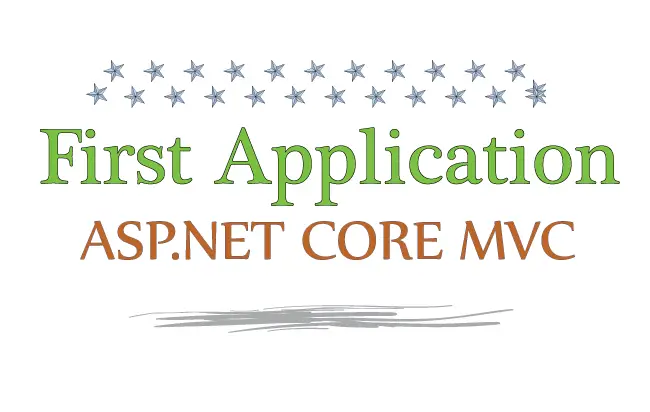

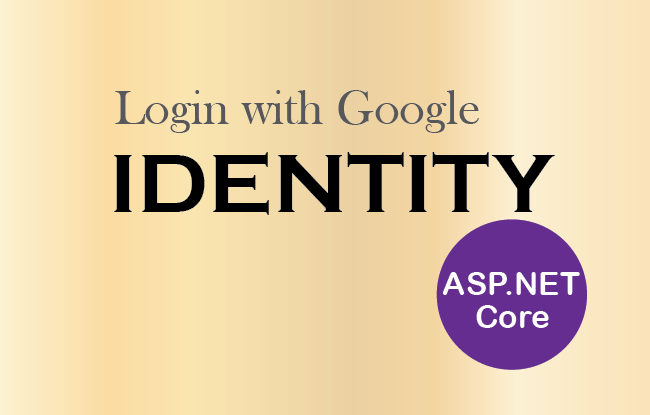
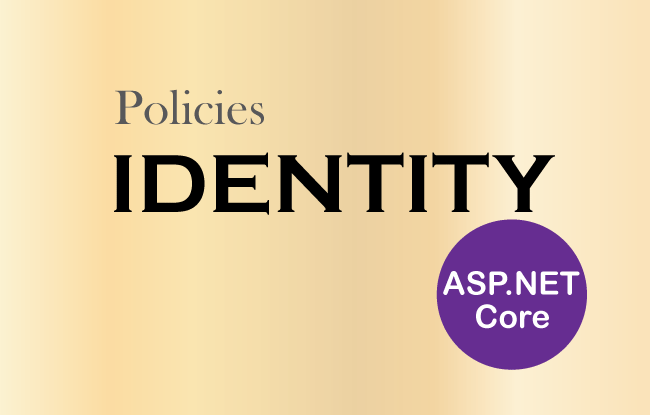
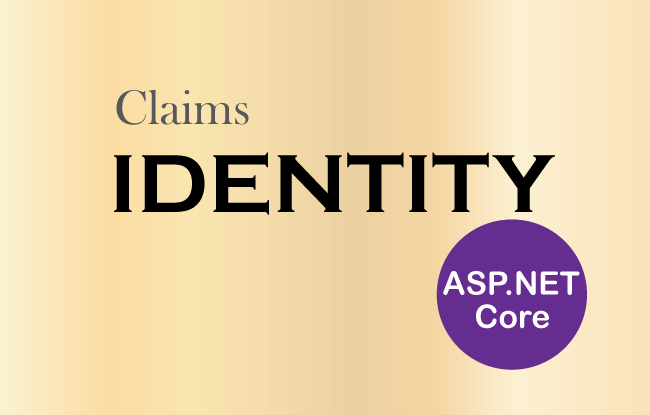
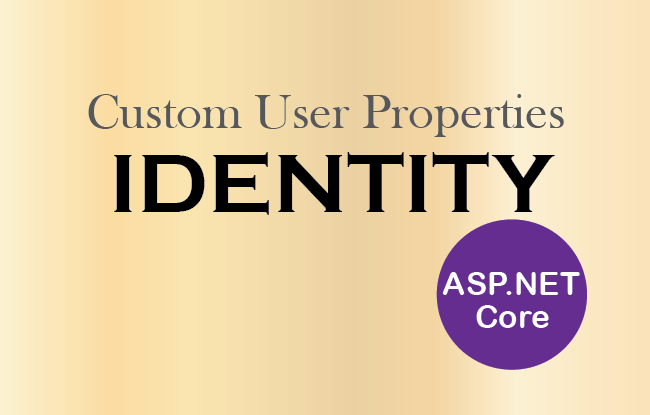
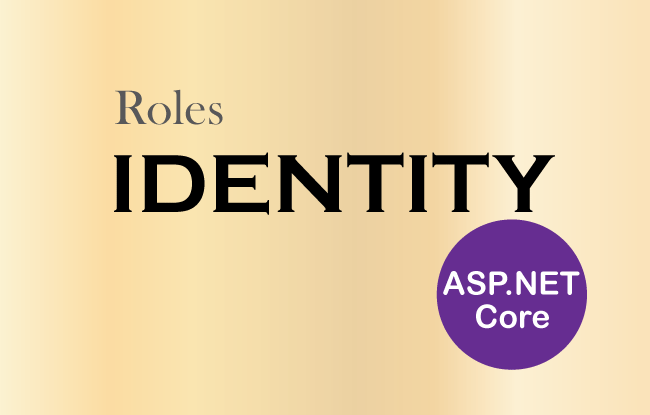
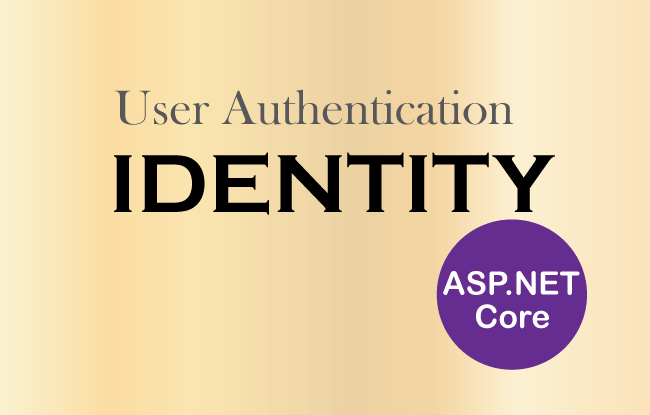
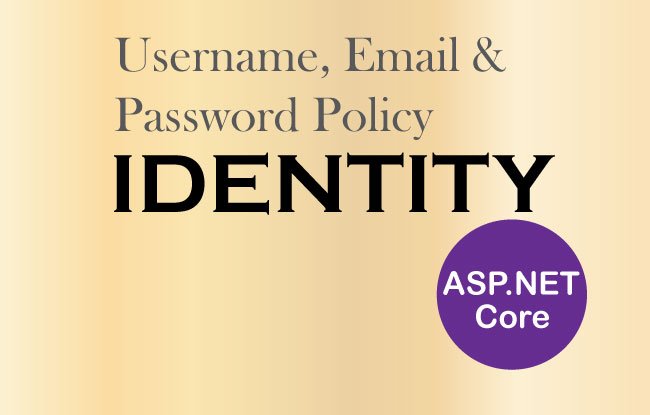
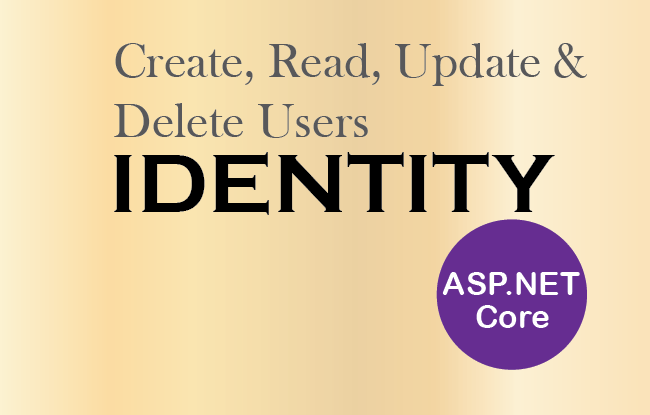


 Welcome to YogiHosting - A Programming Tutorial Website. It is used by millions of people around the world to learn and explore about ASP.NET Core, Blazor, jQuery, JavaScript, Docker, Kubernetes and other topics.
Welcome to YogiHosting - A Programming Tutorial Website. It is used by millions of people around the world to learn and explore about ASP.NET Core, Blazor, jQuery, JavaScript, Docker, Kubernetes and other topics.